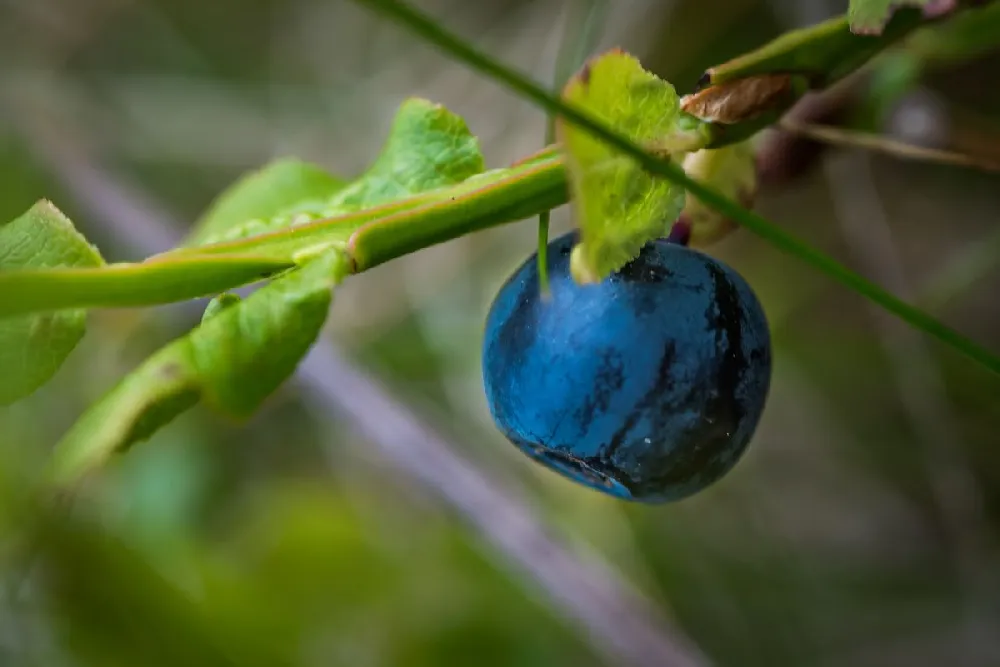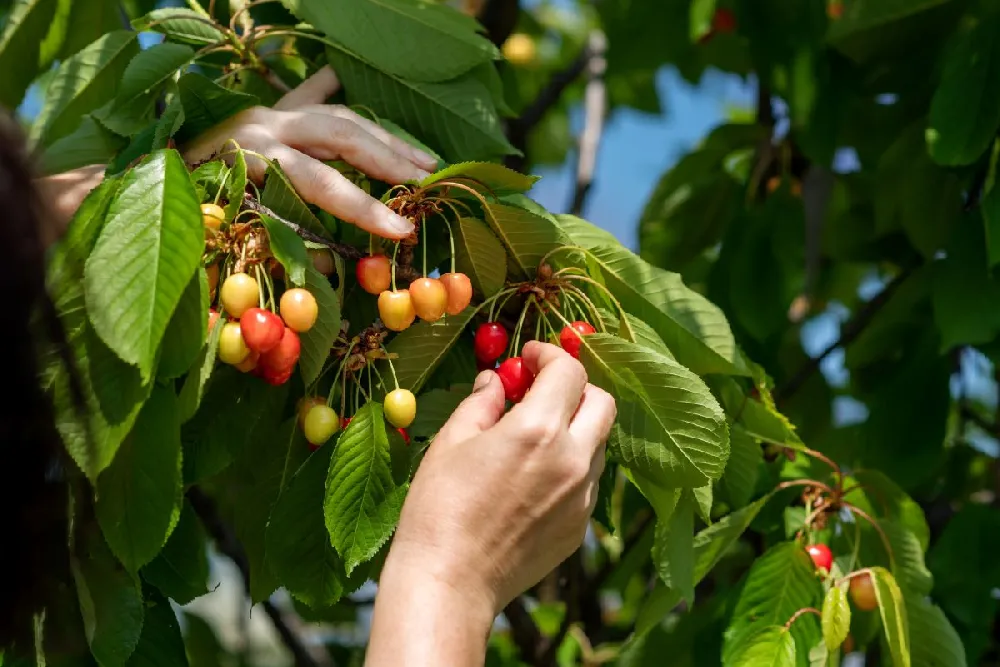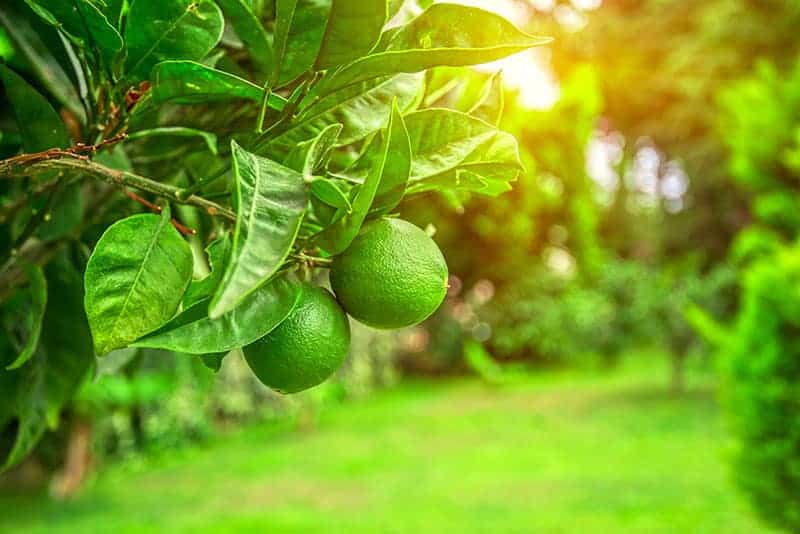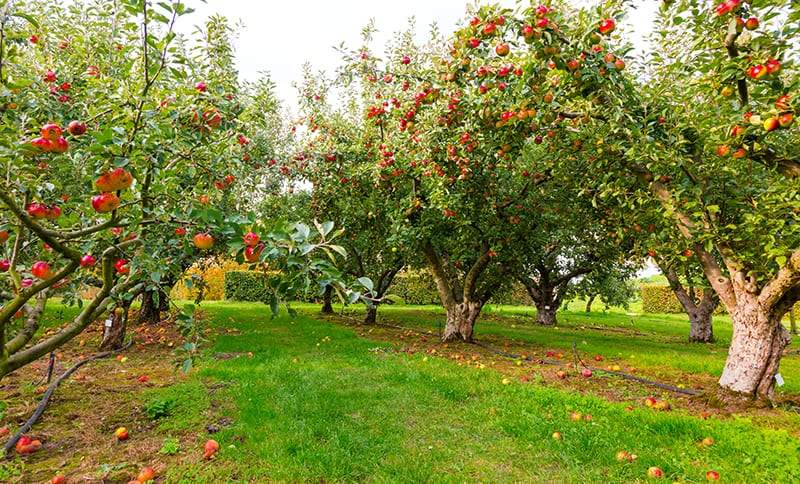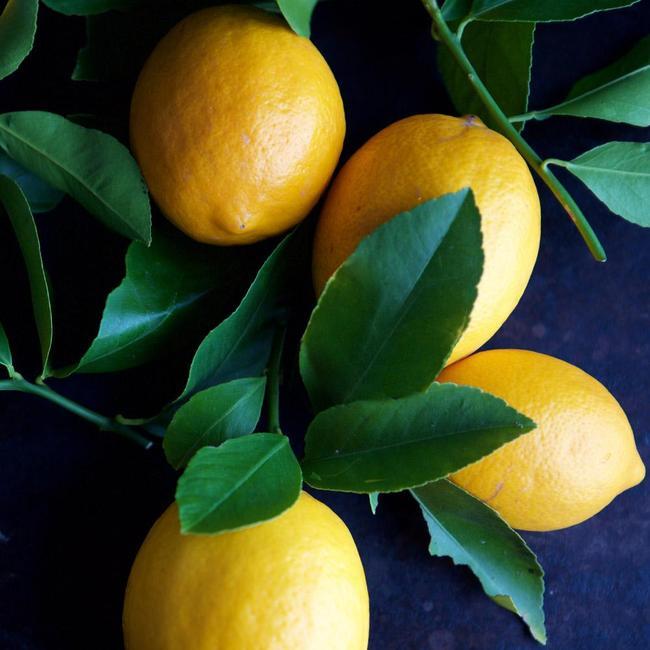- Home >
- Fruit Trees
Fruit Trees for Sale - Buying & Growing Guide
Filters
Price Range
Growing Zones
Plant Type
Sunlight
Mature Height
Plant Characteristics
460 Results
-
 Growing Zone(s): 6-8$56.95
Growing Zone(s): 6-8$56.95$68.95Save up to 17% -
 Growing Zone(s): 6-9$46.95
Growing Zone(s): 6-9$46.95$62.95Save up to 25% -
 Growing Zone(s): 5-8$90.95
Growing Zone(s): 5-8$90.95$119.95Save up to 24% -
 Growing Zone(s): 4-10$55.95
Growing Zone(s): 4-10$55.95$62.95Save up to 11% -
 Growing Zone(s): 4-11 patio / 9-11 outdoors$75.95
Growing Zone(s): 4-11 patio / 9-11 outdoors$75.95$104.95Save up to 27% -
Best Seller
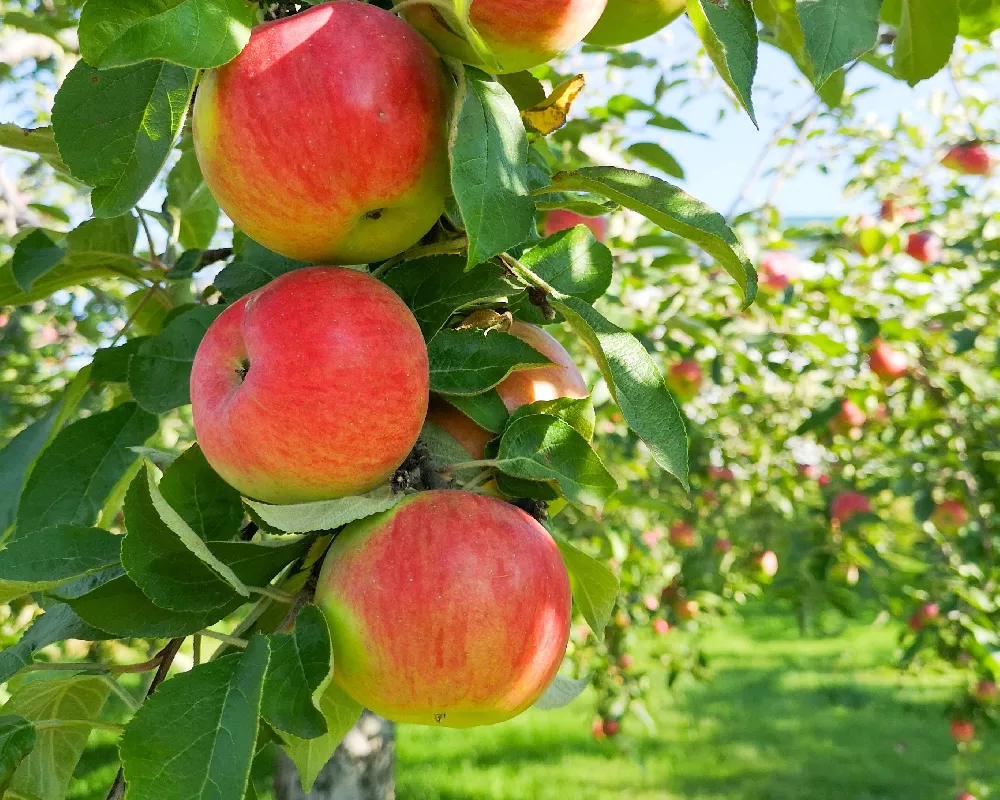 Growing Zone(s): 4-8$109.95
Growing Zone(s): 4-8$109.95$134.95Save up to 18% -
 Growing Zone(s): 4-11 patio / 9-11 outdoors$76.95
Growing Zone(s): 4-11 patio / 9-11 outdoors$76.95$104.95Save up to 26% -
 Growing Zone(s): 4-11 patio / 8-11 outdoors$129.95
Growing Zone(s): 4-11 patio / 8-11 outdoors$129.95$164.95Save up to 21% -
Growing Zone(s): 5-9$139.95
$169.95Save up to 17% -
Growing Zone(s): 6-8$89.95
$129.95Save up to 30% -
Growing Zone(s): 5-8$249.95
-
Growing Zone(s): 5-8$199.95
$239.95Save up to 16%
Fruit Trees – Buying & Growing Guide
One of the most enticing aspects of trees is that many of them can produce delicious fruits every year. Shop our collection of fruit trees to fill your gardens with a healthy yearly harvest of fruit for you to enjoy.
How to Plant Fruit Trees
When you plant a fruit tree, you will need to give it plenty of water and a location that gets a lot of sunlight. Nearly all species in this category require full sun. You should also consider planting your fruit trees in an area with some wind protection.
Choose a time of year after the last frost has left the ground, and your fruit tree will have a great chance of thriving in your yard. These plants are not too picky about soil acidity. Consider planting multiple trees of the same species to encourage pollination.
How to Grow Fruit Trees
- When. You should plant most fruit trees in the spring after the ground has thawed.
- Where. Select a location where your fruit tree will have some protection from the wind and exposure to full sun.
- How. Dig a hole that is twice as wide as the root ball. Rough up the sides of the root ball and the sides of the hole to encourage root expansion. Water thoroughly and consider adding some protection against pests.
How to Care for Fruit Tree
- Watering. New fruit trees need a lot of water. After planting, saturate the ground completely, then water your tree deeply twice per week.
- Nutrients. Fertilize at least once per year in early spring with a nitrogen-rich formula.
- Pruning. Pruning is important for fruit trees. Remove any branch that is dead, broken, or diseased. Consider propping up your fruit tree so that it forms thick branches that can support the weight of its fruits.
- Pollination. Most often, you will need multiple trees for successful pollination. Once you have two or more of the same species, birds, insects, and the wind will transfer the pollen from one plant to another.
- Harvesting. Many fruit trees are ready for harvest in the fall. During that time, remove fruits that detach easily from the branches. These are the fruits that stand the best chance of ripening properly once off the tree.

